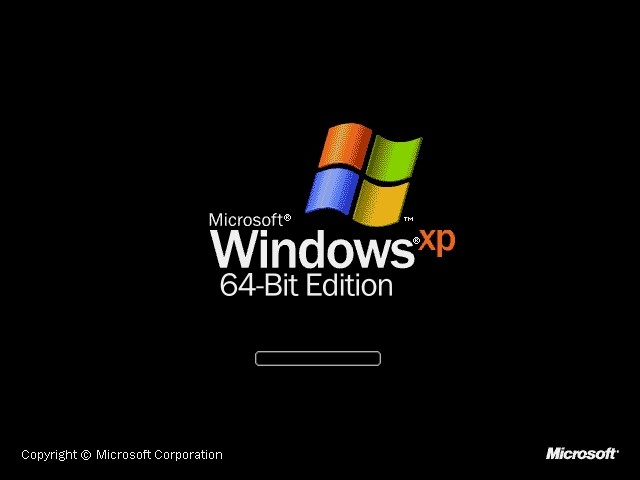Aggiornare i driver del PC è un’operazione fondamentale per mantenere il computer stabile, veloce e compatibile con...
DISCOUNT -20% - use the code SATWEEK valid without minimum order
DISCOUNT -20% - use the code SATWEEK valid without minimum order

Have you ever heard of 32-bit and 64-bit Windows and have you wondered what these two options mean? You are not alone: many people do not know the differences between the two versions and wonder which one is the best for their computer. With this guide, we want to clear up the doubts and helping you understand which operating system to choose based on your needs.
The main difference between the two systems It lies in the processing capacity and in the amount of memory they can handle. Imagine your computer as a road: an operating system. A 32 bit is like a two-lane road. , while one A 64 bit is a highway with four lanes. Both will get you to your destination, but the 64-bit one can handle more traffic and therefore it is faster and more efficient.
A system A 32-bit can use a maximum of 4 GB of RAM. , which may be enough for daily activities like browsing the internet or using basic software. However, if you use more complex programs or games that require a lot of memory, this limit can slow you down. On the contrary, a system A 64-bit can handle much more RAM. , making it ideal for advanced applications, intense multitasking, and creative tasks such as video editing or graphics.
One another important aspect concerns compatibility: 64-bit systems can run both software designed for 32-bit and those optimized for 64-bit, while 32-bit systems are limited to applications compatible with this architecture.
Discovering which version of Windows is installed on your computer is easier than you think.
If you use Windows 10 or 11:
click on the button Inizio ,
go up Settings (the gear-shaped icon)
select System and then Information about .
Here, in the section Type of system , it will indicate whether you are using a 32-bit or 64-bit operating system.
For those who use Windows 7, just:
click with the The right button on the Computer icon from the menu Begin
select Property .
Even here, under the heading System a, you will find this information.
Knowing this difference is fundamental to better understanding the performance of your computer and its upgrade potential.
operativo a 64 bit può gestire una grande quantità di memoria RAM molto più efficacemente rispetto a un sistema a 32 bit. Translation: If your computer supports a 64-bit operating system, it is definitely worth considering upgrading. A 64-bit operating system can handle a large amount of RAM much more effectively than a 32-bit system. A 64 bit can fully exploit the hardware capabilities of your PC. , offering you a The smoothest and fastest experience , especially if you use complex applications or work with large size files.
Additionally, 64-bit Windows includes some advanced security features that are not available in 32-bit systems. For example, protection against unauthorized modifications to the kernel (Kernel Patch Protection) is exclusive to 64-bit systems, making them a better choice for those who care about the security of their data.
Finally, with a 64-bit system you are ready for the future: most modern software and hardware is designed for this architecture, ensuring compatibility and improved performance.
If you are currently using a 32-bit system but want to take advantage of the benefits of a 64-bit system, there are a few things you need to know. First of all, Check that your processor supports 64-bit architecture. To do this, you can use a free program like CPU-Z that will give you all the necessary information about your hardware.
Keep in mind that the transition from 32 to 64 bit requires a complete reinstallation of the operating system , so it's crucial to backup all your important files. Once your data is saved, download the 64-bit version of Windows from the official Microsoft website and Follow the instructions for installation. e. During the process, make sure you have all the necessary drivers for your peripherals, such as printers and scanners.
You can check the specifications of your processor online or use tools like CPU-Z to verify if it is compatible with the 64-bit architecture.
Yes, most 32-bit programs work perfectly on 64-bit Windows thanks to an integrated compatibility system.
Not necessarily. If your hardware is recent, it's likely that it supports 64-bit architecture. However, if your PC is very old, it might be time to consider an upgrade.
The choice between a 32-bit or a 64-bit operating system it mainly depends on your PC's hardware and your needs If your computer supports a 64-bit system, We recommend you switch to this architecture to improve performance. , the safety and compatibility with modern software.
If you wish to delve into the differences between Windows versions or need a new license, visit our page. operating systems . You will find The most suitable solutions for your PC and the support you need to make the right choice.
Leave a comment